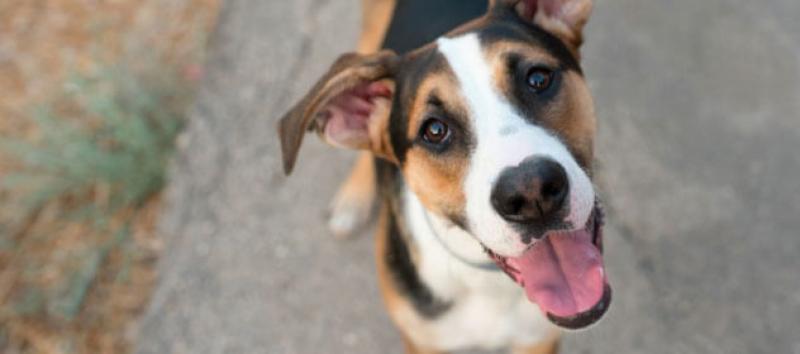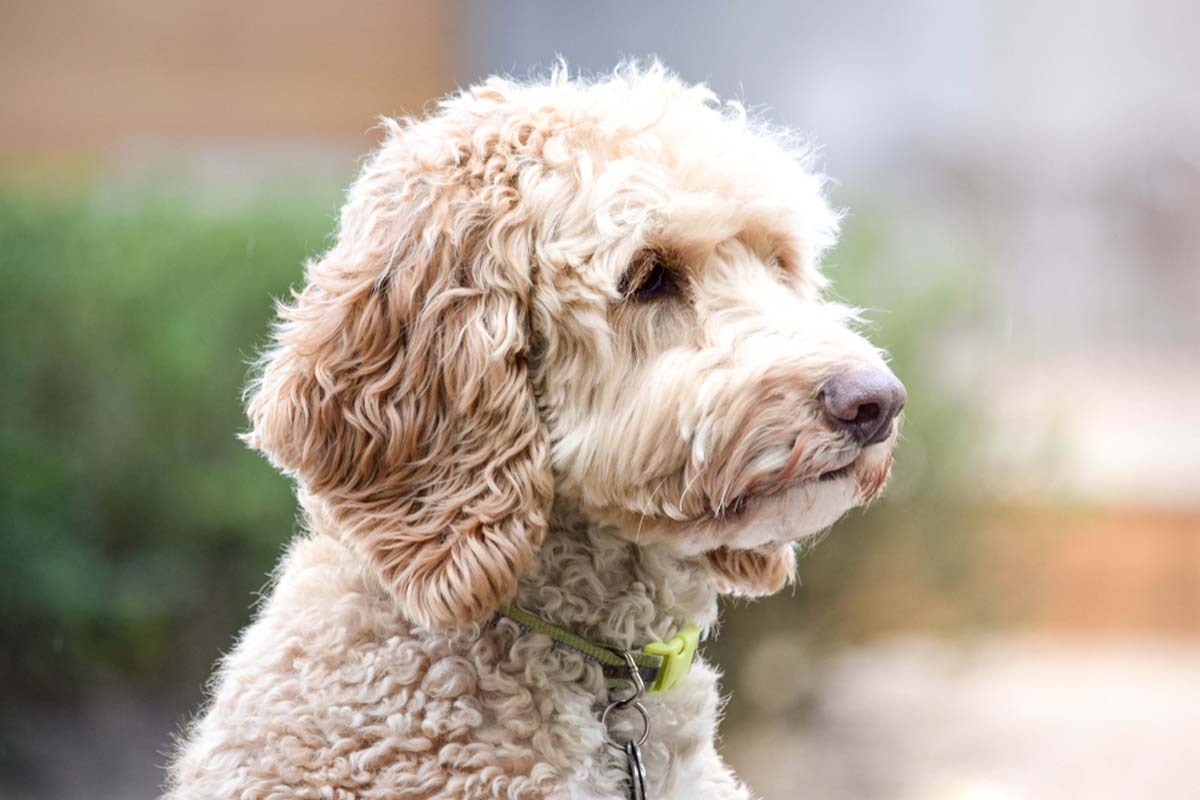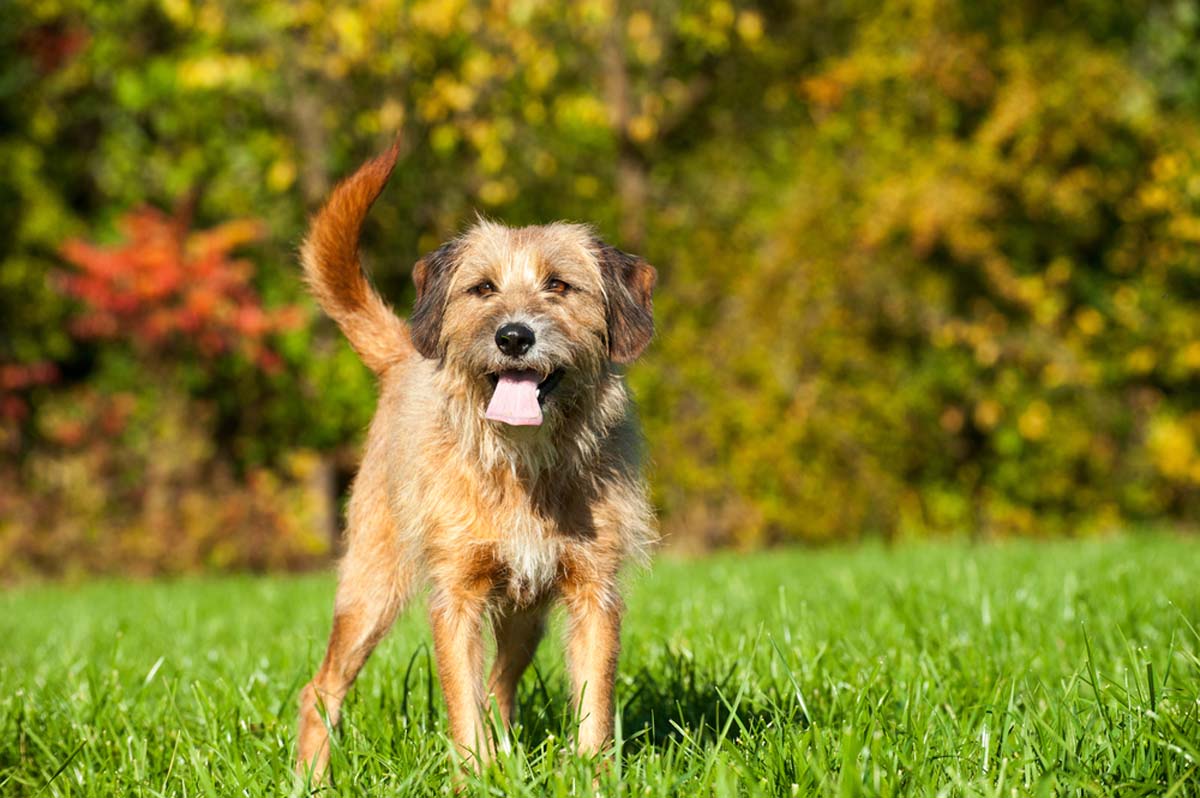Do you know your pedigree dogs from your crossbreeds and mongrels? If you’re not sure what the difference is between these three categories of dogs, read on and find out.

Whether it’s a cute Dachshund like Admiral’s very own Monty, or something a little larger like a Border Collie or even a Great Dane – there’s a breed of dog for everyone.
But what about the crossbreeds, like the Labradoodle, Cockapoo or Puggle? And the mongrels, whose background can be harder to figure out but are no less loyal, loving and fun?
Today we’re taking a look at the advantages and disadvantages of these three canine categories and sharing some tips for rehoming a dog.
Pedigree
A pedigree dog breed has two purebred parents of the same breed, both of which could be or are registered with a society or club that keeps a register for that particular breed.
A perfect example of a pedigree dog should match the breed standard, which is a description of the physical features of dogs of that breed.
Advantages:
- Easy to know what you’re getting in terms of character traits and temperament etc.
- You know how big they’ll grow
- You know what their coat will be like (does it shed or need to be clipped?)
Disadvantages:
- Can be very expensive
- Sometimes prone to hereditary diseases (often due to selective breeding)

Crossbreed
A crossbreed comes from two purebred parents of two different dog breeds. Crossbreeds are very popular – examples of these so-called ‘designer dogs’ include:
- Yorkie Poo (Yorkshire Terrier and Poodle)
- Cockapoo (Cocker Spaniel and Poodle)
- Labradoodle (Labrador and Poodle
- Chorkie (Chihuahua and Yorkshire Terrier)
- Chiweenie (Chihuahua and Dachshund)
- Schnoodle (Miniature Schnauzer and Poodle)
- Puggle (Pug and Beagle)
Crossbreeds are sometimes bred to develop a dog with particular traits. It's thought that designer crossbreeds first came about when breeders tried crossing the Poodle with other breeds, with the aim of passing on the Poodle's intelligence and non-shedding coat. The trouble is that this isn’t guaranteed.
Another example of this is when a Labrador and a Golden Retriever are crossbred to produce a Goldador, which makes a great guide dog.
Advantages:
- They’re generally considered healthier than pedigrees as there’s a larger number of dogs to breed from
Disadvantages:
- Can be expensive
- Can be more difficult to predict the full size than with a pedigree (especially if the parents differ in size)

Mongrel
The word mongrel seems like a pretty negative word for what is a unique and varied group of dogs.
A mongrel dog or mutt is made up of a mix of breeds – generally three or more. It might be the offspring of two cross breed dogs, with a background of four breeds, or it might be that you have no clue or only a vague idea of the breeds your dog comes from.
Advantages:
- Unique
- Usually inexpensive
- More genetically diverse and generally healthier than pedigrees
- Often live longer than purebred dogs
Disadvantages:
- Can be unpredictable in terms of character traits
- Can be more difficult to predict the full size than with a pedigree dog (especially if the parents differ in size)

Tips for rehoming a dog
Whether you love small dogs or large, the energetic or the lazy, there’s a type of dog for you. A great way to find a dog is to go to your local rehoming centre.
As well as offering abandoned pets a second chance at a happy life, rehoming centres can offer advice and support for getting your new pet settled. There are all sorts of dogs looking for forever homes, so you’re sure to find the perfect pet for you.
Start off by considering how much space you have at home and what would suit your lifestyle. Be realistic about what would work for you and what would be fair to your new pet.
For example, if you live in a flat with no outside space, a large dog may not be for you. And if you’re into running and want to take your dog out with you, don’t choose a tiny dog that might struggle to keep up.
Do your research if there's a particular breed you'd like to own. Make sure you know if they have any special requirements, then make a list of all the costs associated with owning a dog. The initial outlay may be higher than you expect by the time you factor in:
- Adoption fee
- Collar and lead
- Food
- Food and water bowls
- Bed
- Toys
- Treats
- Dog insurance
- Any vaccinations/medication
For more information, take a look at How to keep your pets safe at home and if you have any existing pets, introduce your new dog carefully.

